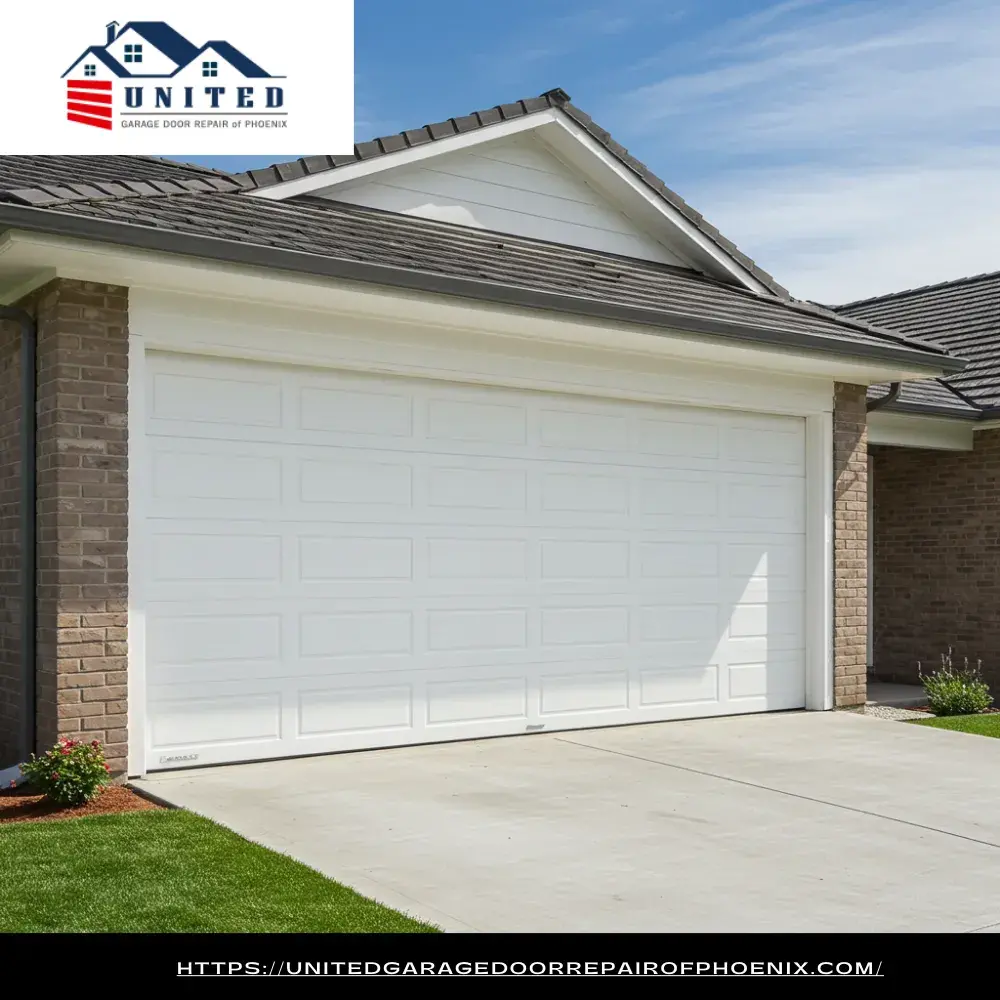Your garage door is one of the most frequently used entry points in your home, and when it stops working properly, it can be frustrating and inconvenient. Whether it’s stuck, making strange noises, or moving unevenly, understanding garage door repair basics can help you diagnose the issue and determine whether it’s a quick fix or something that requires professional attention.
Common problems include misaligned tracks, worn-out springs, sensor issues, and faulty openers. Some issues, like dead remote batteries or minor lubrication needs, can be fixed easily, while others, such as broken cables or springs, should only be handled by an expert for safety reasons.
In this guide, we’ll walk you through how to identify and fix some of the most common garage door problems, ensuring your system runs smoothly and safely.
Garage Door Won’t Open or Close: Troubleshooting the Problem
If your garage door won’t open or close, the issue could be as simple as dead remote batteries or as complex as a broken torsion spring. First, check the garage door opener’s power source to ensure it’s plugged in and the breaker isn’t tripped.
Next, inspect the safety sensors located near the bottom of the door. If these sensors are misaligned or blocked by dirt, the door may refuse to close for safety reasons. Clean the sensors and realign them if necessary.
If your garage door starts to move but then reverses, the limit settings on the opener may need adjustment. Refer to your manufacturer’s guide to recalibrate them. If none of these solutions work, and you suspect a spring or cable issue, it’s best to call a garage door repair professional to handle the repair safely.
Noisy Garage Door: Causes and Easy Fixes
A garage door should operate smoothly and quietly, so if you notice grinding, squeaking, or rattling noises, it’s a sign that something needs attention. The most common cause of noise is lack of lubrication. Applying a garage door lubricant to the springs, hinges, and rollers can significantly reduce friction and noise.
If the door makes a banging sound, the torsion springs may be wearing out. A popping or snapping noise could also indicate a spring that’s about to break, which should be addressed immediately to prevent further damage.
Loose hardware, such as bolts and brackets, can also create excessive noise. Inspect the door’s tracks and tighten any loose parts. If the noise persists despite lubrication and adjustments, it may be time to replace worn-out rollers or bearings—a job best left to a garage door repair expert.
Garage Door Moves Unevenly or Gets Stuck
If your garage door appears uneven or gets stuck halfway, the issue is often related to misaligned tracks, worn rollers, or broken springs. Start by visually inspecting the tracks on both sides to ensure they are aligned and free of debris. A bent track can cause the door to drag or jam, requiring realignment or replacement.
Worn-out rollers may cause the door to shake or move unevenly. If they appear damaged, replacing them with nylon rollers can improve performance and reduce noise.
Another common cause is spring failure. If one spring is weaker than the other, it can cause the door to lift unevenly or become stuck. Since garage door springs are under high tension, replacing them requires special tools and expertise. If you suspect a spring issue, contact a garage door repair specialist for safe and professional replacement.
Read More:
The Ultimate Guide to Garage Door Repair: Troubleshooting and Solutions

